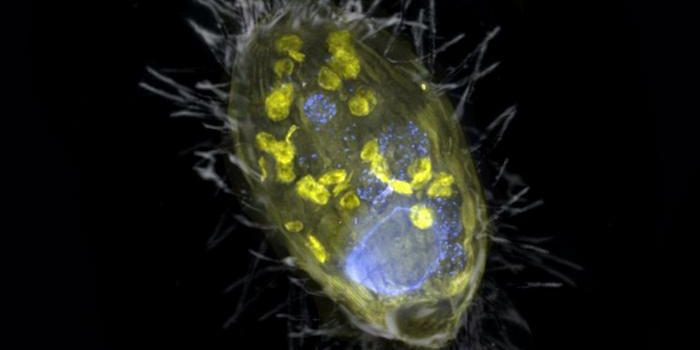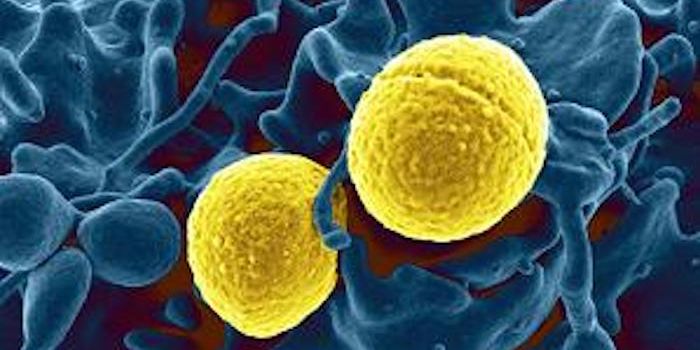Genetically Engineered Bacteria Can Protect Bees From Pathogens
As pollinators, honey bees play a critical role in food production; without them, many different kinds of crops would disappear or dramatically reduce food production. Bees are also facing serious trouble. Beekeepers lost an estimated forty percent of their colonies last winter, and have been battling both deformed wing virus and Varroa mites. Both pathogens are factors in colony collapse disorder and tend to occur together; the mites can feed on the bees, which weakens the bees and spreads the virus.
Researchers have now created a way to reverse this trend; they genetically engineered bacteria that are part of the honey bee gut microbiome and can produce molecules that protect bees from the virus and the mites. The scientists suggested that their approach can be scaled up for use in agriculture. The engineered bacteria are both easy to grow and are would probably not migrate away from the guts of bees; it's unlikely they can survive outside of that environment.
"This is the first time anyone has improved the health of bees by genetically engineering their microbiome," said the first author of the study, graduate student Sean Leonard.
One strain of bacteria was created to deal with the mites, and another was engineered to target the virus. Bees that were exposed to the bacteria engineered to combat the virus were 36.5 percent more likely to live to their tenth day compared to bees that were not treated. If Varroa mites fed on bees that were exposed to the mite-fighting bacterial strain, the mites were 70 percent more likely to die by day ten compared to mites feeding on untreated bees.
Just like the gut microbiome in humans, bees carry a microbial community in their guts that helps fight off viruses. If bees are exposed to a virus with a genome made of RNA, a defense strategy called RNA interference is initiated. The RNA viruses generate double-stranded molecules of RNA that a cell can detect, triggering RNAi.
"You usually only get signs of these molecules when an RNA virus is replicating," said the principal investigator behind the work, Nancy Moran, a professor of integrative biology. "It's a signal that this might be an evil thing and you should attack it."
The researchers wanted to cause an RNAi response that would be lethal to the mites. When a bee community was exposed to the genetically engineered bacteria (as the researchers sprayed a bacteria-laden sugar water solution on them), the worker bees that were inoculated had primed their immune systems and were protected from deformed wing virus. That virus is an RNA virus, and the mite immune system ended up killing it. This research can help bees recover after years of losses.
"It has direct implications for bee health," said Moran.
More research will be needed to ensure that the genetically engineered bacteria are safe and effective. This approach can also be useful in the laboratory, since the engineered bacteria can disrupt the activity of bee genes.
Sources: AAAS/Eurekalert! via University of Texas at Austin, Science









